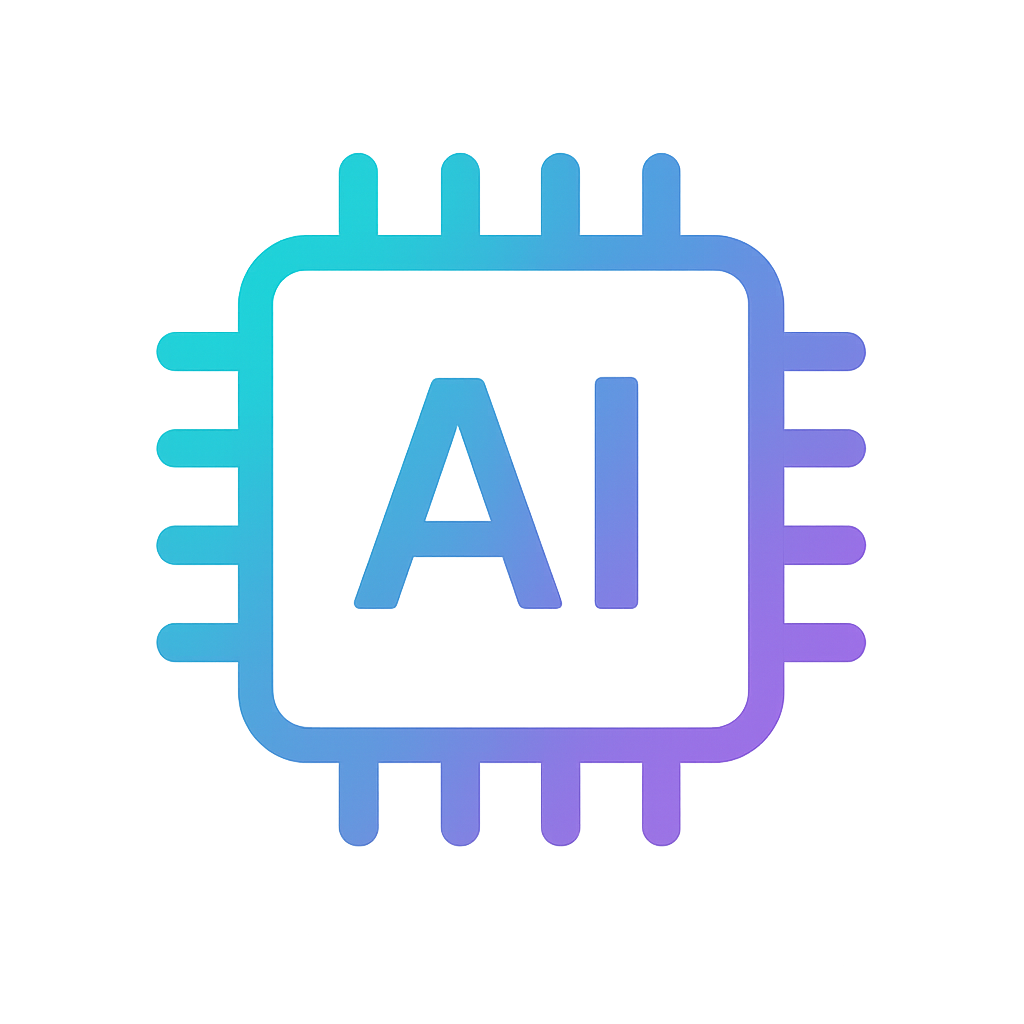Threeding.com and Artec 3D Collaborate to Digitize More Than 55 Endangered Birds for 3D Printing
Partnership serves to increase ornithology knowledge among students, universities and scientific organizations
Sofia, Bulgaria and Palo Alto, Calif. March 30, 2016 – Threeding.com, a leading startup for 3D printing models, and Artec 3D, a developer and manufacturer of professional 3D hardware and software, today announce their latest joint venture. The companies are teaming up for the 3D digitization of more than 55 endangered and threatened bird species that will include the eastern imperial eagle, the white-tailed eagle, the boreal owl, the black-crowned night heron, the Humboldt penguin and the long-eared owl. Upon completion, Threeding.com will make the captured 3D models available in 3D printer-friendly format.

Through this project, Threeding.com aims to encourage education of these birds by providing veterinary students, as well as biological and ornithology scientists, physical access to endangered or extinct species. The project also strives to promote preservation and reduce poaching of these rare birds by creating a humane alternative to collecting real stuffed birds. As a result, consumers will have the option to purchase these replicas rather than promoting the practice of hunting these sometimes rare and endangered birds.
To create the collection, the Threeding.com team is using Artec’s high-resolution Spider and Eva 3D scanners, as well as Artec’s Studio software to produce textured, high-resolution scans. Data for each printable file is created by scanning stuffed educational models from several scientific facilities.

The complete collection of ornithology models will be made available for free on Threeding’s website to all users throughout the month of April. Afterward, free access will be granted to students, universities and scientific organizations upon request.




"We are extremely happy to extend our portfolio of 3D printing files to ornithology models,” said Cveta Partaleva, co-founder of Threeding.com. “Our aim is to make our website not only a consumer platform, but also the premier resource for educational and scientific 3D printable models.”
“It has been a privilege to work with Threeding.com these past few years and we’re excited to continue this partnership as the company ventures into animal preservation,” said Artyom Yukhin, president and CEO of Artec 3D. “The preservation of all animal species is of critical importance and relies heavily upon education. The portability and ease afforded to users of our handheld scanners and software suite is offering a means for students, scientists and conservationists alike to exchange information and work together in this effort.”
This endeavor follows other successful historical preservation projects performed by Threeding.com over the last two years in collaboration with multiple museums. Currently, Threeding.com is working on several other educational and scientific projects in the fields of paleontology, anatomy and archeology that will soon be made public.
About Threeding.com
Threeding.com is a 3D printing marketplace and community for 3D printing models. The start-up was founded in 2013 by a group of students from the Bulgarian National Academy of Art, led by Tzveta-Maria Partaleva and Stan Partalev. Threeding.com is the only 3D printing marketplace that offers 3D printable models of historical artefacts and scientific model. For more information, visit www.threeding.com.
